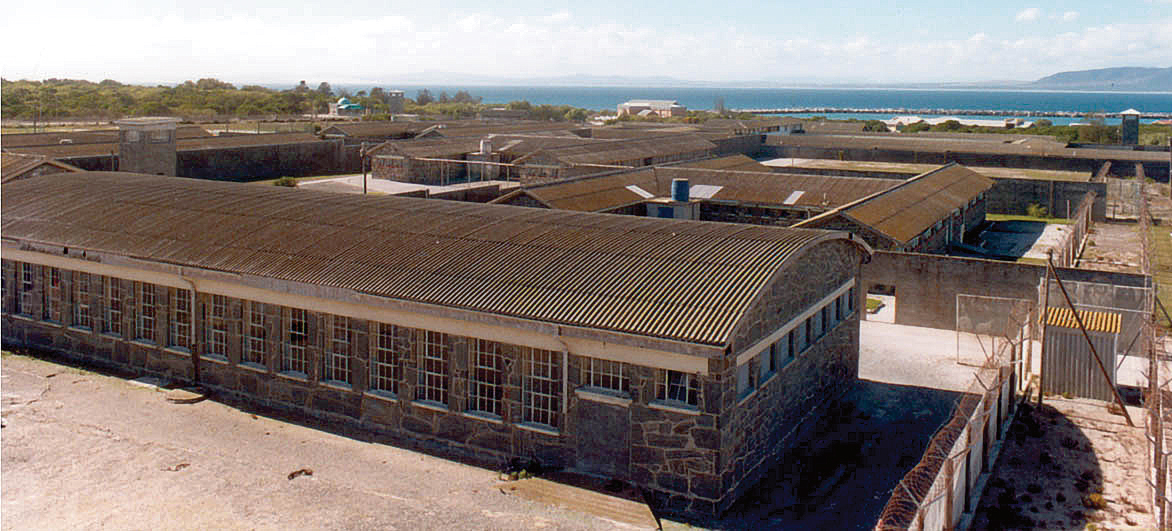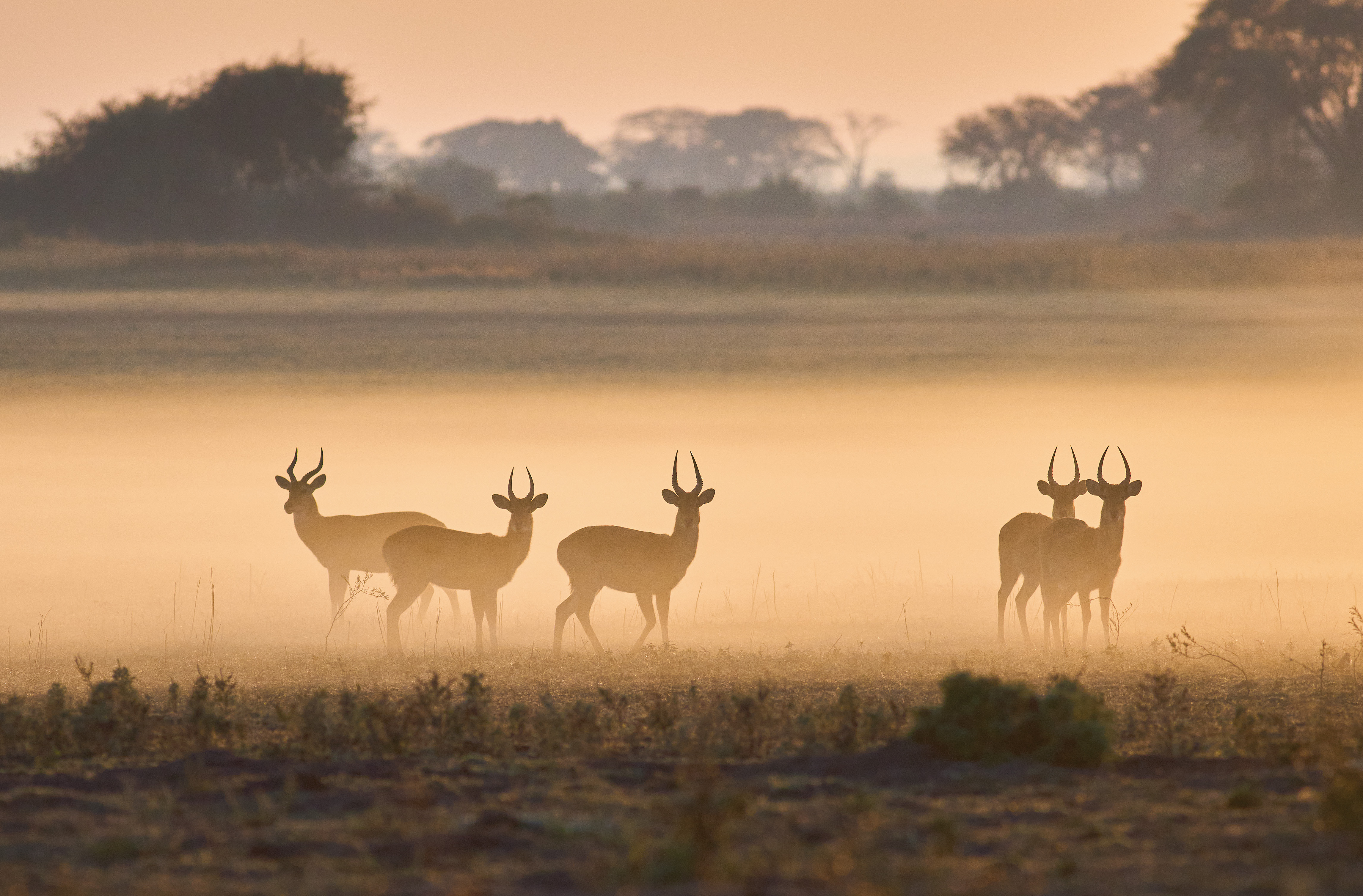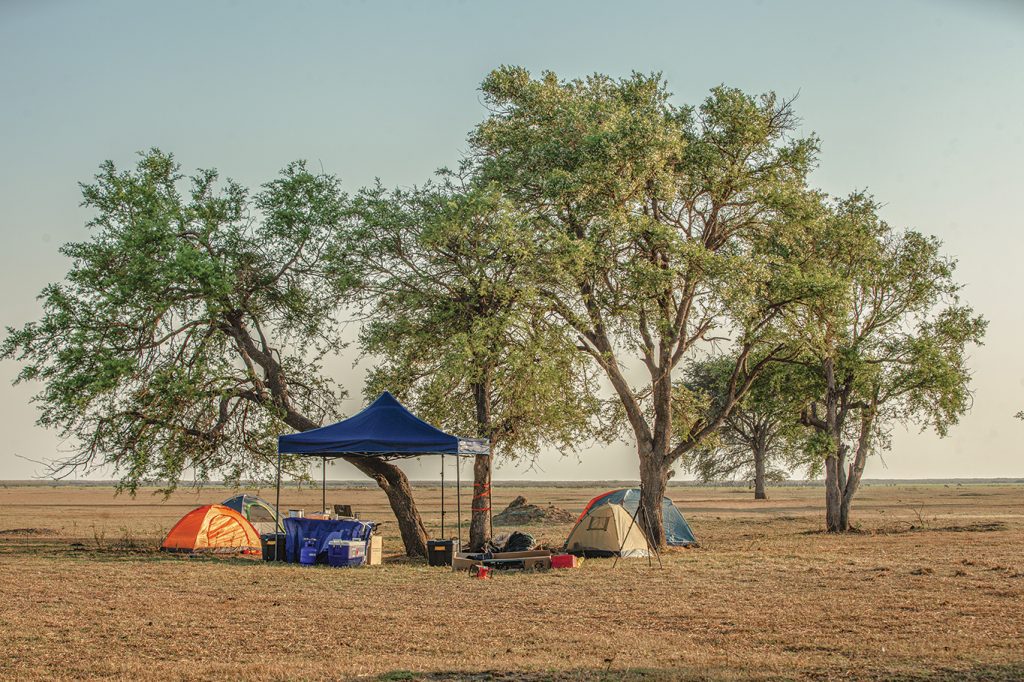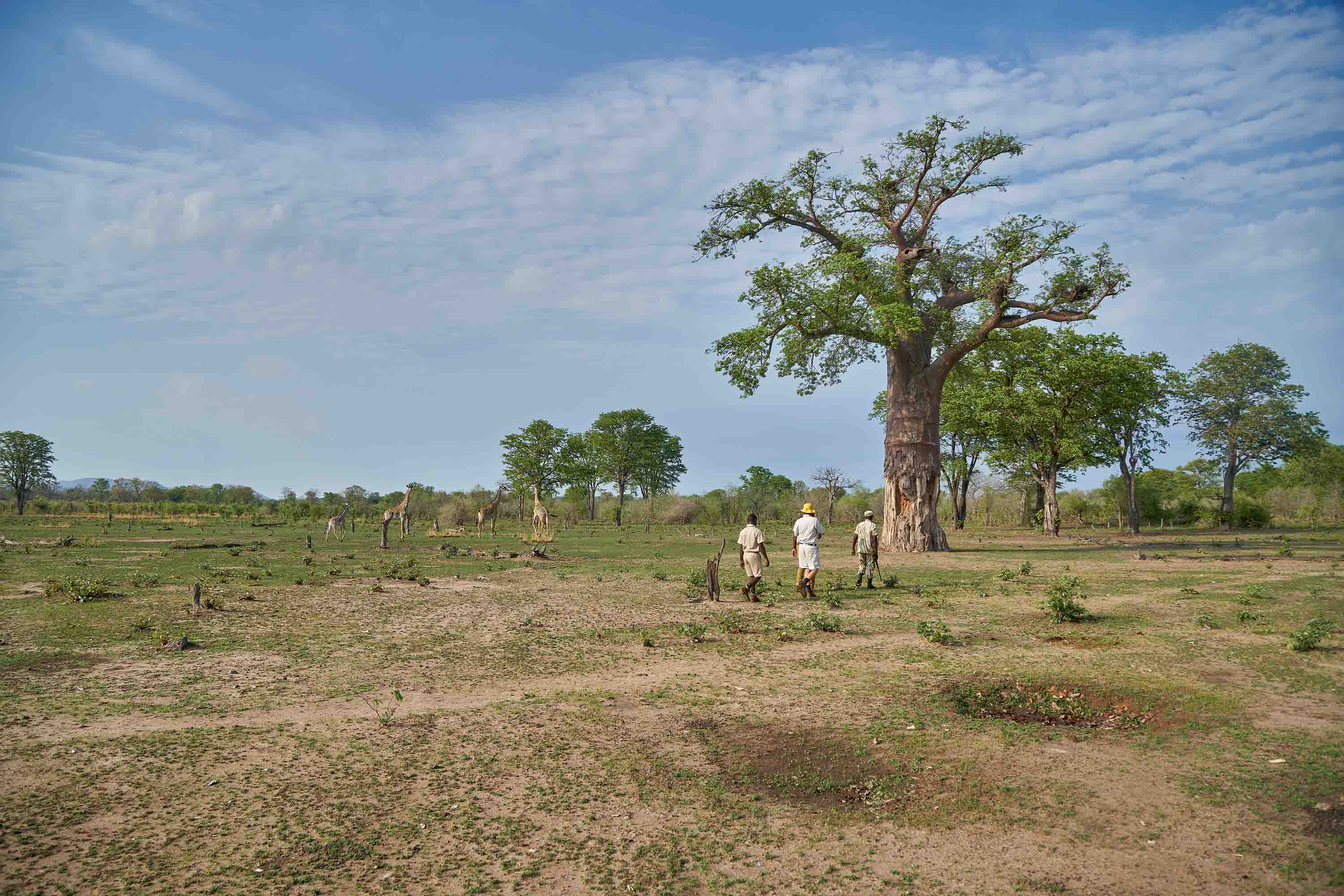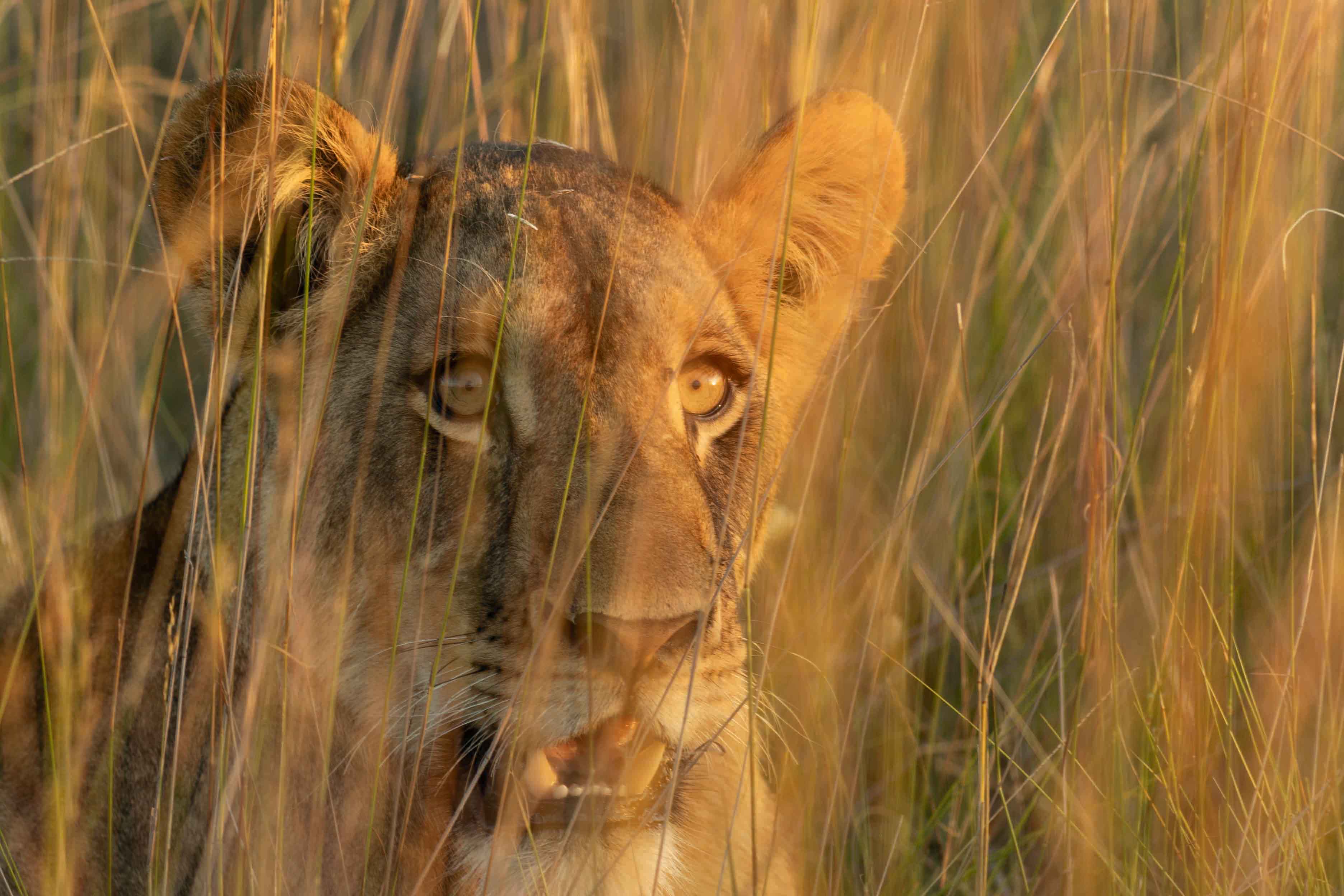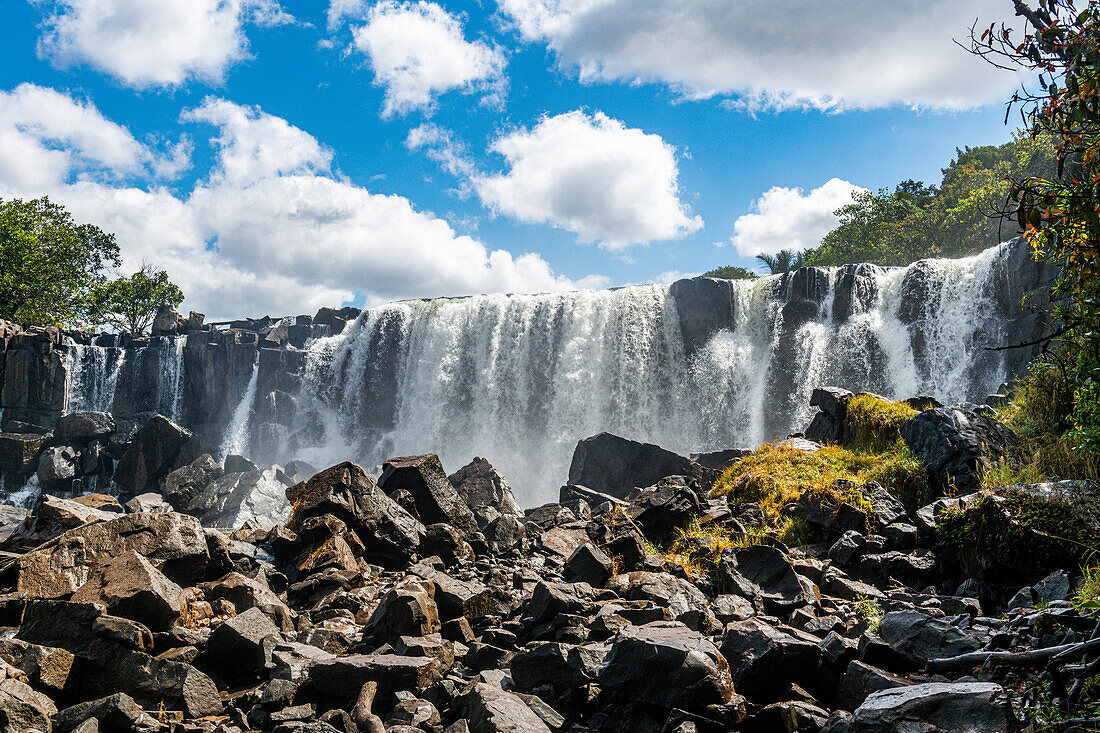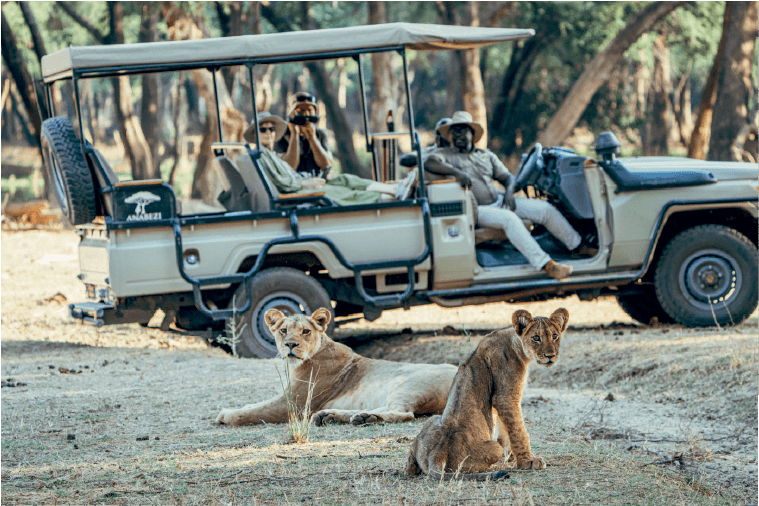While wetlands in Zambia continue to be threatened by land use changes, damming, poor management, channelling, mining and human encroachment, invasive species are also taking a great toll in colonising some wetlands. Invasive species are described as species that are not native to a specific location, and have a tendency to spread extensively, causing damage to the established ecosystem, human economy or human health. Generally, introduced species may become invasive when they possess a built-in competitive advantage over indigenous species in invaded areas. Under these circumstances, new arrivals can establish breeding populations and thrive rapidly. Furthermore, the absence of natural predators to keep the non-native species in check allows invasive species to thrive and successfully colonise the system.
Invasive species arrive in new areas through natural migration, but they are often introduced by the activities of other species. Human activities, such as the global commerce and the pet/ornamental trade, are considered to be one of the most common ways through which invasive plants, animals, microbes and other organisms are transported to new habitats. The most effective way to stop the negative impacts of these species is by regulating their trade or movement, i.e., improving biosafety measures at entry points. Once an invasive species has arrived, early detection, monitoring and eradication can stop the species from spreading.

Common examples of invasive species in Zambia include red-claw crayfish (Cherax quadricarinatus) in the Kafue River, water hyacinth (Eichhornia crassipes), giant sensitive tree (Mimosa pigra) on the Kafue Flats – Blue Lagoon and Lochinvar national parks, Kariba weed (Salvinia molesta) on the Lukanga Swamp and Lantana camara, locally known as tusepo – a common hedge plant in much of Zambia.
Zambia has eight major wetlands of international importance, also known as Ramsar sites. One such site is the Lukanga Swamp. Located 55 kilometres west of Kabwe town in central Zambia, this site is an Important Bird and Biodiversity Area (IBA) covering approximately 3,300 km². It hosts over 350 resident and migratory bird species including some globally threatened species such as the wattled crane, African skimmer and African finfoot. In addition to avian species this site also holds a considerable population of semi-aquatic antelopes such as sitatunga, oribi and red lechwe. Reptiles such as the Nile crocodile, rock python and monitor lizard are also common in isolated portions of the swamp. The swamp is highly important with its small islands and the surrounding mainland, hosting a fishing community of approximately 22,500 people whose livelihoods are supported by fishing from the swamp. This swamp is estimated to contribute at least ten percent of the national fish supply in Zambia.
Unfortunately, since 2009 the Lukanga Swamp has been infested by the invasive Kariba weed (Salvinia molesta), which currently covers about 60 percent of the surface area of the swamp. The presence of this weed has not only reduced the fish catch per unit of effort (CPUE) but also the quality of habitat and water for various species and humans respectively. This has led fishermen to use more fishing gear and in some cases use incorrect gear, such as mosquito nets, and poisons to catch more fish. The weed forms a mat over the swamp, reducing both sunlight and oxygen in the water, which can lead to the death of fish.

In 2013 BirdWatch Zambia (BWZ) attempted to manually control the Kariba weed. Community members were involved, making use of rakes, pitch forks and sickles to remove the weed from the swamp. This method proved futile as the weed was difficult to clear due to the extent of coverage and water depth. Furthermore, the spores from the weeds that were successfully moved from the swamp to the shores dispersed and germinated in the swamp.
In 2017, funding was secured through BirdLife International from the UK government’s Darwin Initiative for a multi-year project. This project seeks to control the weed by introducing an effective and host specific weevil, Cyrtobagous salviniae, a known natural enemy that exclusively feeds on the Kariba weed. The weevil’s feeding activity causes damage to the Salvinia leaves by perforating them and sucking out their chlorophyll, thereby causing the plants to turn brown, sink and decompose. Depending on the climate and extent of Salvinia infestation, mats sink within one to three years. This project is being conducted in partnership with the Ministry of Livestock and Fisheries, Zambia Agriculture Research Institute (ZARI), Zambia Environmental Management Agency (ZEMA) and Centre for Agriculture and Bioscience International (CABI).
Once the weed has been controlled, the following is expected: improved fish catch, restored habitat, increased dissolved oxygen in water and an increase in the population of globally threatened species and other water birds. The prime objective of the project is to improve conditions for water birds, other biodiversity and the livelihoods of over 2,500 fishermen households.

